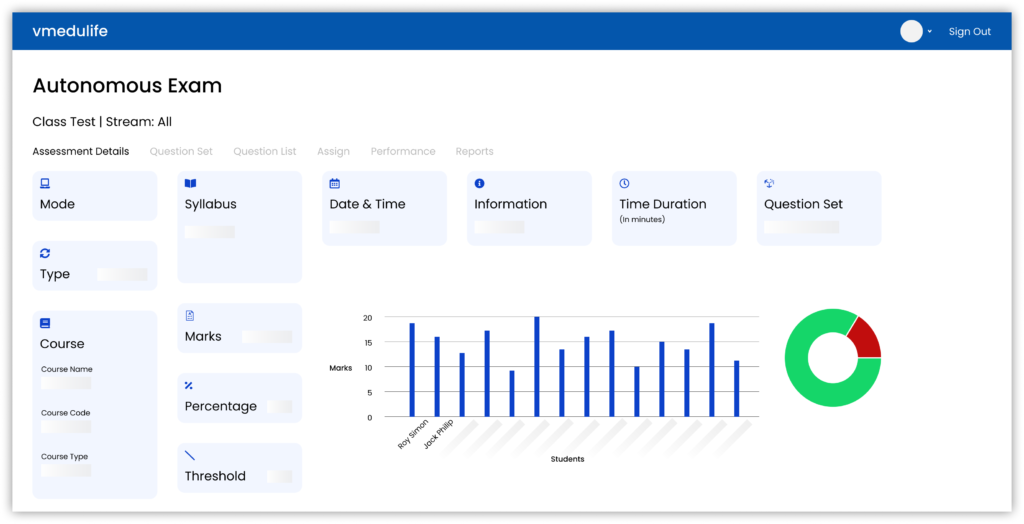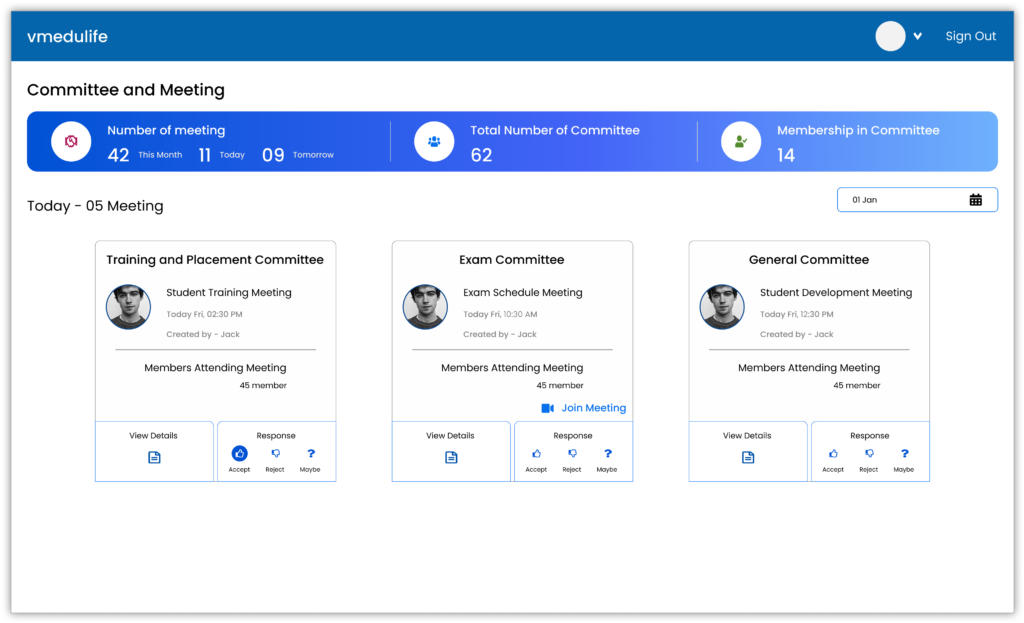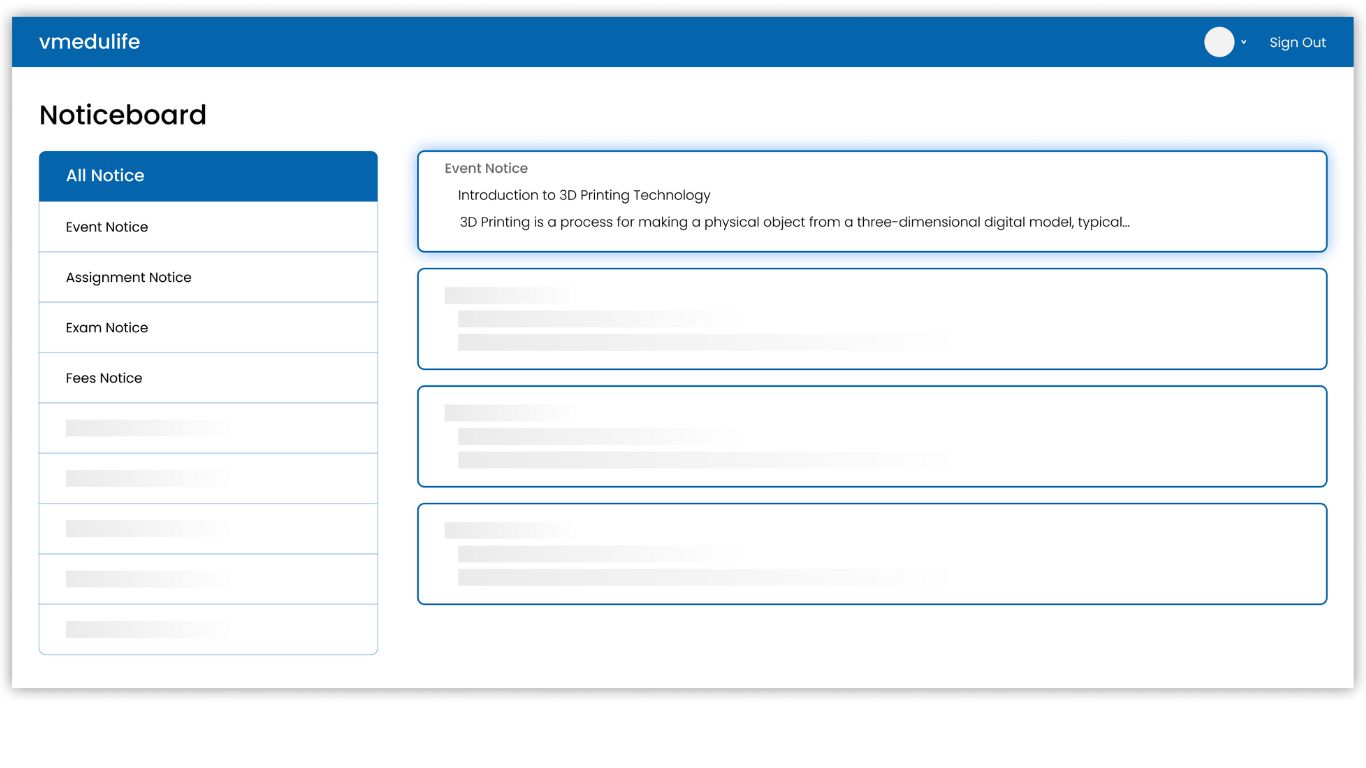The Future of Academic Management Systems: Why Every Institution Needs a Planning Module
Introduction
In a world where technology is transforming every aspect of education, academic management systems cannot remain manual or fragmented. From scheduling classes to managing faculty workloads, every academic task must be executed with precision and flexibility. Institutions that continue to rely on outdated systems risk inefficiency, miscommunication, and missed academic targets. Enter the Academic Management System with a Planning Module—a centralized, digital tool that brings structure, clarity, and automation to academic operations. Platforms like vmedulife are leading the way by equipping institutions with robust academic planning tools to manage classes, faculty, calendars, and compliance—all in one place. This article explores why academic planning modules are now a strategic necessity and how they are shaping the future of educational institutions through a smart academic management system.
Why Planning Modules Are Essential Now
An Academic Management System with a Planning Module isn’t just software—it’s a backbone that ensures academic consistency and institutional agility.
1. Support for Blended and Online Classes
Modern academic planning systems allow institutions to:
Schedule online and offline classes simultaneously
Integrate with platforms like Zoom, Google Meet, and LMS
Automatically notify students and faculty of class modes and changes
This flexibility ensures uninterrupted learning, even during unexpected disruptions—making it a core feature of a reliable academic management system.
2. Faculty Load Management in Hybrid Settings
With hybrid education, faculty often teach both in-person and virtual students. Planning modules like vmedulife’s Academic Management System help:
Distribute workloads fairly
Track hours spent on both offline and online teaching
Provide heads of departments (HoDs) with visibility on faculty distribution
This ensures no one is overloaded and all sessions are properly documented in the academic management system dashboard.
Benefits of Going Digital with vmedulife
Implementing vmedulife’s Planning Module brings immediate and long-term benefits for every stakeholder—administrators, faculty, and students.
1. Real-Time Access to Schedules and Calendars
Faculty can view daily and weekly schedules from their dashboard.
Students receive automatic updates about class timings, cancellations, or substitutions.
Heads of departments can monitor the planning status across all courses.
Implementing vmedulife’s Academic Management System with a Planning Module brings immediate and long-term benefits for every stakeholder—administrators, faculty, and students. Everyone stays informed through the academic management system interface, reducing dependency on verbal communication or static timetables.
2. Reduced Administrative Overhead
Academic management systems eliminate the need for:
Manual timetable creation
Paper-based faculty allocation forms
Repeated emails or WhatsApp messages for session changes
This saves hours of clerical work and reduces human error, freeing staff to focus on strategic tasks using a streamlined academic management system.
Additional Advantages
vmedulife’s Academic Management System offers more than basic scheduling. It brings advanced features like:
Workload Analysis
Generate real-time reports on faculty load distribution for departmental review, appraisals, or accreditation documentation—all integrated into the academic management system dashboard.
Syllabus Progress Tracking
Faculty can update syllabus coverage status after every session. This ensures transparent academic monitoring and early identification of backlogs via the academic planning module.
Biometric and Attendance Integration
Link session data with biometric systems for accurate, automated attendance tracking—saving valuable classroom time and improving report accuracy using a connected academic management system.
Mobile App Integration
Enable faculty and students to access planning features from smartphones—making the academic management system accessible, convenient, and user-friendly.
Conclusion
Academic institutions face increasing pressure to deliver high-quality education with transparency, consistency, and agility. Traditional, manual planning systems simply cannot meet these evolving needs.
That’s why Academic Planning Modules are no longer a luxury—they are a strategic necessity.
With platforms like vmedulife, institutions can move from reactive scheduling to proactive academic management. Faculty gain clarity and structure, students receive consistent academic delivery, and administrators save time while maintaining compliance.
In short, academic planning is not just about managing classes—it’s about empowering educators, enhancing learning outcomes, and preparing institutions for the future of education.
















